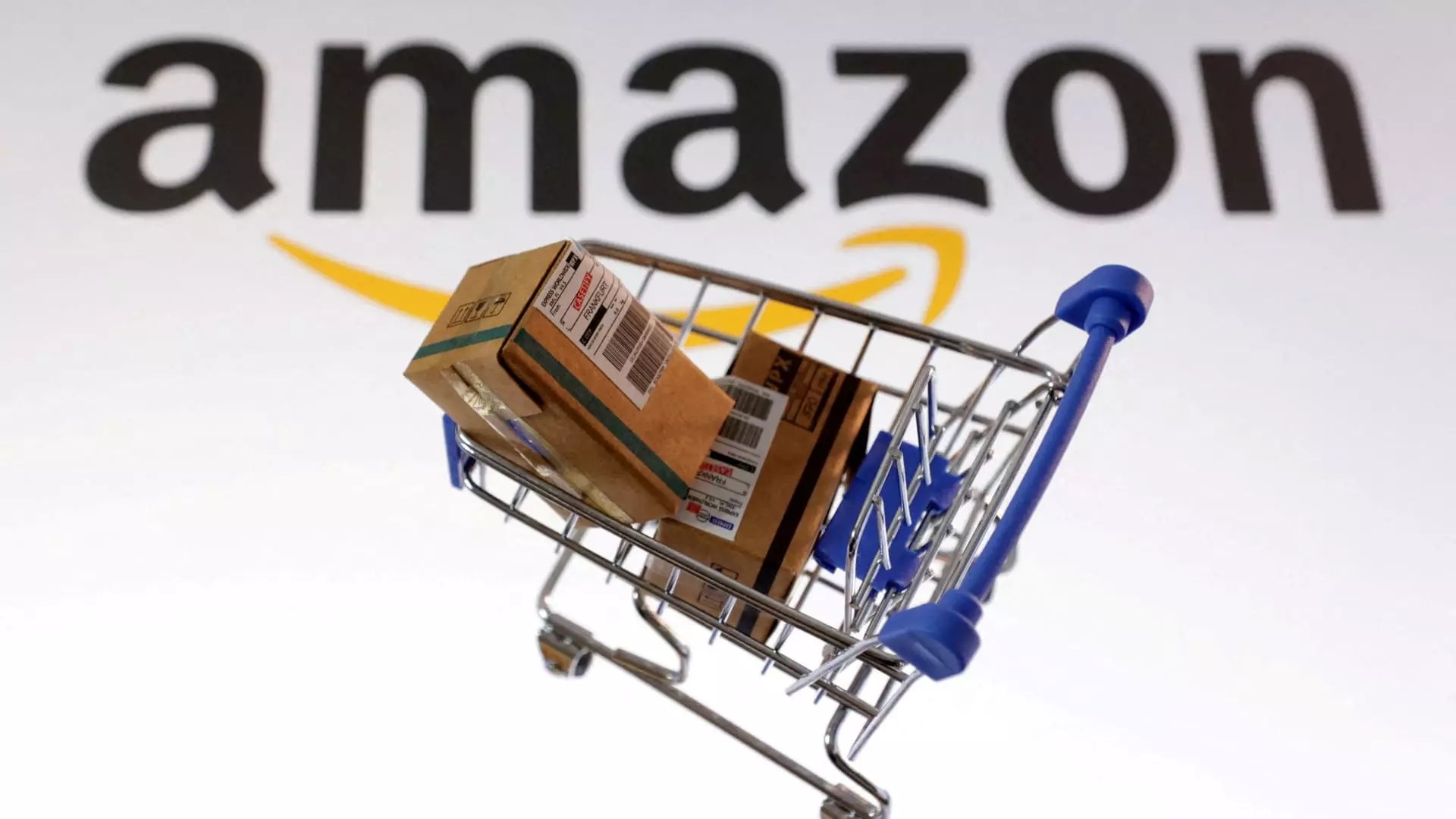Recent headlines celebrate robust economic signals—President Trump’s trade agreements, promising employment figures, and renewed corporate earnings. However, beneath this positive veneer lies a more nuanced reality that savvy investors—and those genuinely interested in sustainable growth—must scrutinize critically. The prevailing optimism often blinds investors to underlying vulnerabilities: geopolitical uncertainties, inflationary pressures, and the overhyped nature of certain market narratives. From a center-right liberal perspective, which advocates free-market principles balanced with pragmatic regulation, it’s imperative to approach such market exuberance with skepticism, recognizing that not all promises translate into tangible, long-term value.
While Wall Street analysts tout stocks like Dell Technologies, The Trade Desk, and Amazon as prime opportunities, one must question whether these narratives are driven more by short-term tactical positioning than genuine, sustainable growth. Relying solely on analyst upgrades and bullish forecasts, often influenced by market momentum and institutional incentives, can be a trap. A discerning investor should prioritize companies with resilient fundamentals and clear strategic advantages, rather than chase after the best headlines or the most aggressive projections.
Questionable Optimism in Tech Giants: A Closer Look at Dell and the Cloud
Dell Technologies stands out as a prime example of a company that benefits from a narrative of innovation and growth through AI investments. According to recent analyst reports, Dell’s expansion into high-margin AI servers and infrastructure seems promising. Yet, beneath the surface, challenges loom. The tech sector’s hype cycle can inflate valuations, with aggressive assumptions about future AI adoption and margins often outpacing reality. While Dell’s diversified global footprint provides some buffer against tariff woes—a notable advantage—the company’s ability to consistently convert optimism into shareholder returns remains uncertain.
The broader message here is that emerging trends like AI are valuable, but should not be the sole basis for investment decisions. Market participants tend to favor narratives that promise exponential growth, often disregarding the cyclical vulnerabilities or competitive pressures. The complacency in believing that Dell’s innovations alone can sustain high-single-digit revenue growth over the next few years disregards the unpredictable nature of technological adoption and geopolitical stability.
Similarly, The Trade Desk’s recent rally—held up as a high-quality and steady performer—deserves a cautious appraisal. A surge in ad demand, effective product launches, and positive management comments contribute to bullish forecasts. Yet, the advertising landscape is notoriously volatile, subsumed under rapid technological change, competitive pressures from Amazon’s DSP, and potential regulatory hurdles. While Mahaney’s optimism is understandable, it risks underestimating the risk factors that could diminish the company’s growth trajectory or derail its competitive edge.
Furthermore, the company’s reliance on such high-growth catalysts as events like the World Cup and Olympics exposes its vulnerabilities: what happens if these fleeting opportunities don’t materialize as expected? Betting heavily on short-term growth catalysts while overlooking systemic risks is a gamble unless robust, sustainable revenue drivers back those projections.
Amazon: The Market Darling with Flawed Resilience
Turning to Amazon, analysts have short-term optimism rooted in consumer loyalty, Prime membership, and strategic event planning. Yet, from a centrist-liberal lens, one must recognize that even the most resilient giants face risks—rising inflation, competitive encroachment from local and global retailers, and regulatory shocks that threaten their dominance and profitability.
While some surveys suggest stable consumer spending, the reality is more fluid. Behavioral shifts—such as increased price sensitivity and cautious spending—could threaten Amazon’s growth long-term. Relying on Prime Day and promotional events as primary growth drivers ignores the structural issues lurking beneath: increased competition, potential antitrust regulation, and changing consumer preferences. The optimistic price target upgrades fail to account for these systemic risks that could diminish Amazon’s market share or profitability in unpredictable ways.
Moreover, overly emphasizing Prime membership figures conveniently sidesteps deeper questions around actual profit margins, logistics costs, and rising freight expenses. A plausible scenario involves heightened cost pressures and regulatory constraints, which could undermine the company’s capacity to sustain its aggressive expansion and pricing strategies that have historically fueled its growth.
The Illusion of Market Certainty and the Need for Critical Thinking
There is a tendency among many investors—especially those influenced by Wall Street’s analysts—to cling to narratives of endless growth and technological innovation. However, a critical examination reveals that many of these stories are built on optimistic assumptions, inflated projections, and an overconfidence in market resilience. Investors with a centrist-right worldview should question whether the current enthusiasm is justified by fundamental analysis or simply the result of cyclical optimism, media hype, and institutional momentum.
In an era where geopolitical tensions persist, inflation remains sticky, and regulatory pressures intensify, the notion of seamless corporate growth demands skepticism. True value investors understand that the bedrock of investment is anchoring on companies that can withstand turbulence, not those riding fleeting narratives of innovation or consumer loyalty.
By maintaining a cautious yet pragmatic stance—favoring companies with solid balance sheets, sustainable competitive advantages, and clear growth pathways—investors can build portfolios resilient enough to endure downturns and capitalize on genuine opportunities. The allure of headline-grabbing stocks—Dell, The Trade Desk, and Amazon—must be balanced with a rigorous assessment of inherent risks and realistic growth expectations.
In the end, market success depends on your willingness to question, challenge prevailing narratives, and prioritize the long term over short-term gains. The middle ground, where realism meets opportunity, remains the most reliable path for investors seeking durable wealth amidst a complex, often unpredictable market landscape.

